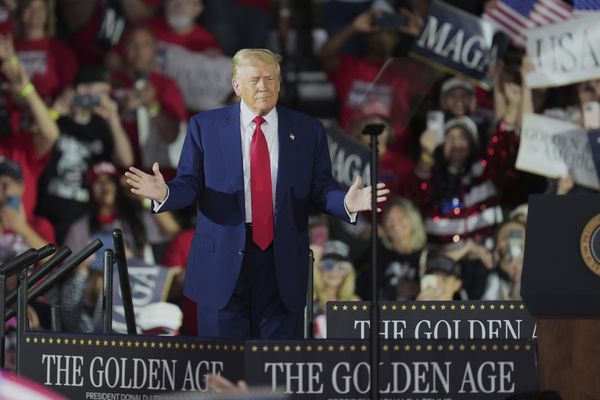
A big chunk of the demand from central banks across the globe, with purchases estimated at a quarterly record of nearly 400 tonnes. Turkey, Uzbekistan and Qatar amongst the biggest reported buyers during the quarter. This lifts year-to-date net purchases to 673 tonnes, surpassing all annual totals since 1967, says World Gold Council.
“Global central bank purchases leapt to almost 400 tonnes in Q3 (September quarter). This is the largest single quarter of demand from this sector in our records back to 2000 and almost double the previous record of 241 tonnes in Q3 2018. It also marks the eighth consecutive quarter of net purchases and lifts the year-to-date total to 673 tonnes, higher than any other full year total since 1967," the global gold body said.
The 400 tonne estimated purchase by central banks “is the combination of steady reported purchases by central banks and a substantial estimate for unreported buying".
According to World Gold Council, “it is not uncommon as not all official institutions publicly report their gold holdings or may do so with a lag. It’s also worth noting that while Metals Focus suggests purchases occurred during Q3, it’s possible they may have started earlier in the year. In turn, this may result in future revisions as more information becomes available."
Not all countries report their gold purchases regularly, including major ones like China and Russia, according to Bloomberg.
Turkey central bank remained the largest reported gold buyer this year. It added 31 tonnes in Q3, lifting its gold reserves to 489t (29% of total reserves). Year-to-date it has added 95t to gold reserves.
The Reserve Bank of India also shored up it gold reserves. The Indian central bank continued with its long-standing gold purchasing strategy in Q3. It bought 13 tonnes in July and 4 tonnes in September, pushing its gold reserves to 785 tonnes, according to World Gold Council.
Gold prices are down significantly from March highs of more than ₹55,000 per 10 gram. Bullion prices have been pressured this year by aggressive US interest-rate hikes as the Federal Reserve tackles soaring inflation, which have prompted exchange-traded fund investors to sell the non-yielding asset. But support has come from other areas, such as retail buyers in Asia and central banks.







